In an era dominated by screens and schedules, there’s a growing movement that invites children to step out of traditional classrooms or the four walls of their homes and into the enchanting world of the forest. Welcome to Forest School, an educational approach that is redefining how we perceive learning, play, and the great outdoors. In this blog post, lets discuss what Forest School is, why it’s gaining popularity around the globe and some of the essential items you can pack for a day in the forest to make your forest school experience as enjoyable and comfortable as possible. Read to the end for the option to grab a free download.
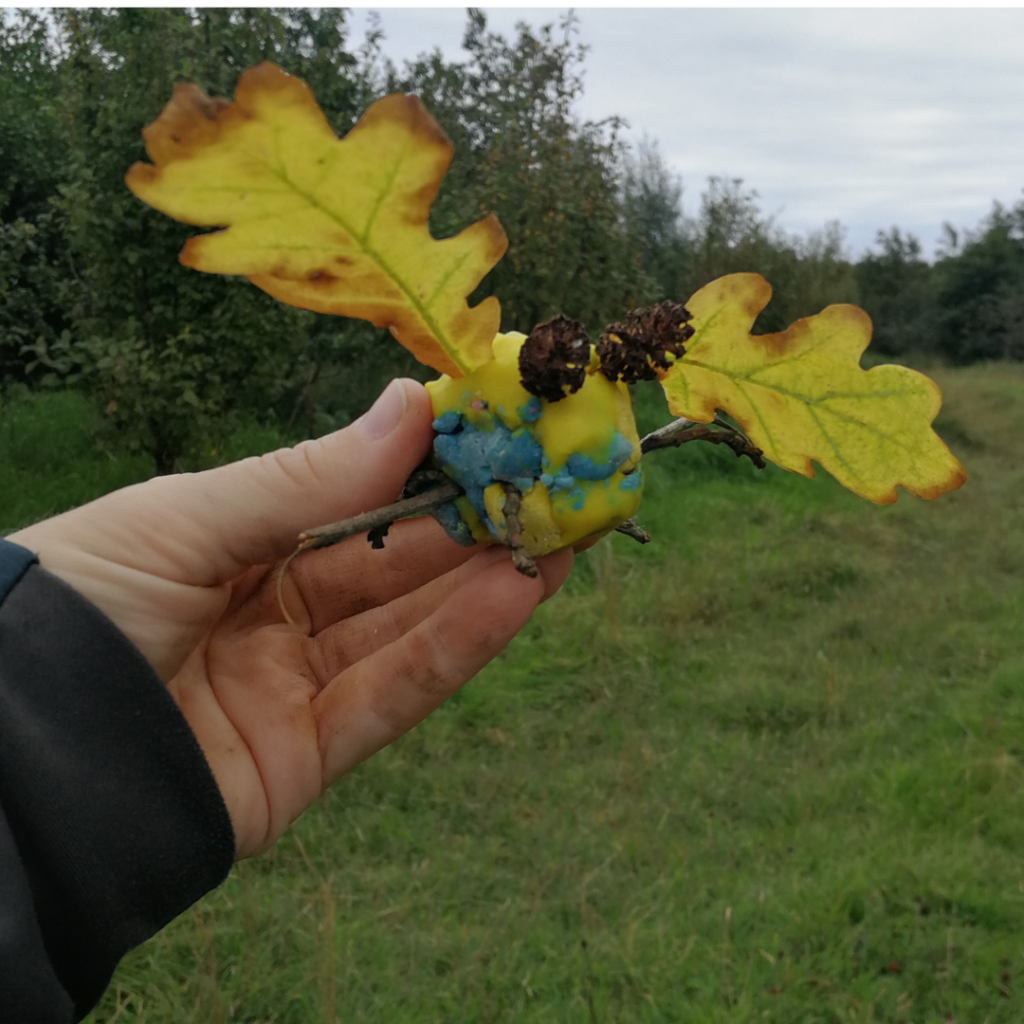
What is Forest School?
Forest School is an educational philosophy that originated in Scandinavia in the 1950s and has since spread worldwide. It centres around the belief that children benefit immensely from regular, unstructured experiences in natural settings. Unlike traditional classrooms, Forest School takes place primarily outdoors, often in wooded areas, where children are encouraged to explore, discover, and learn at their own pace. Even though the origins of Forest School are linked to Scandinavia we have a rich hertiage of outdoor based learning here in the UK too.
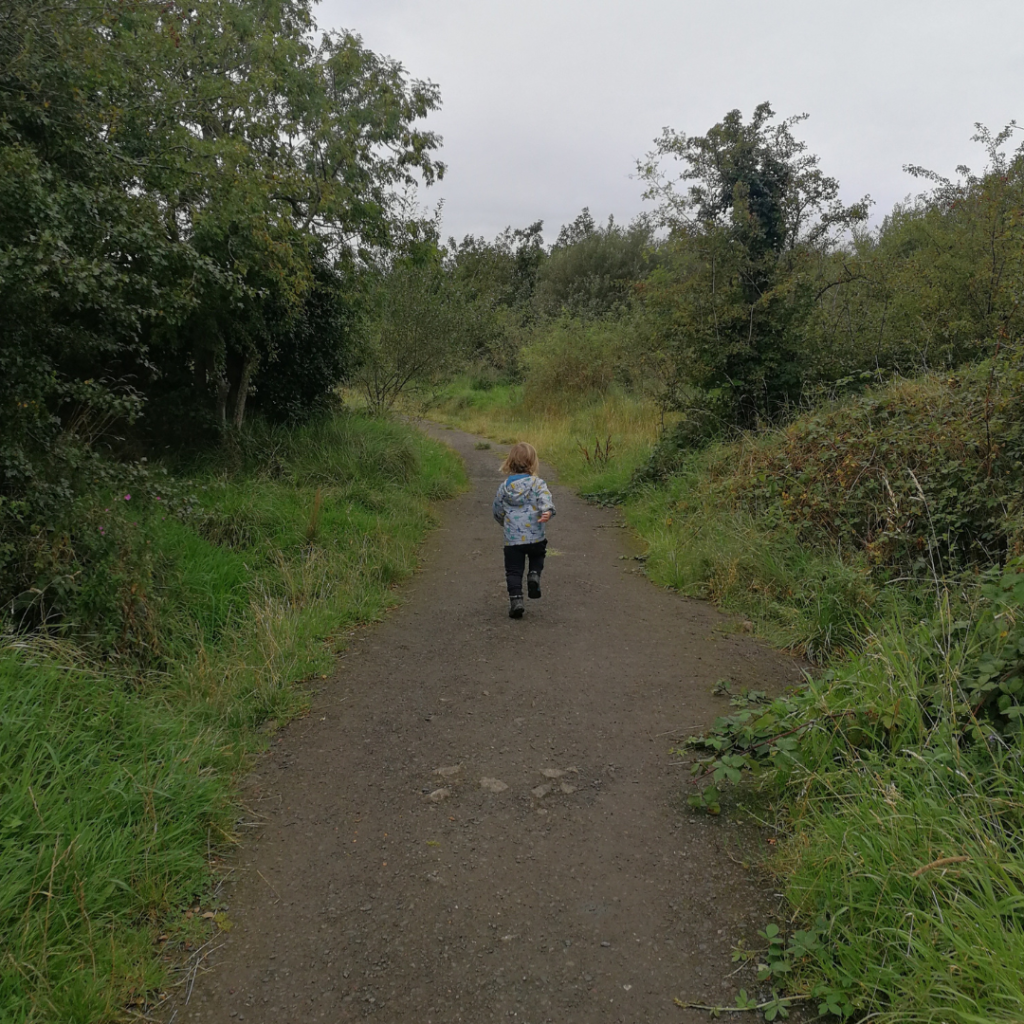
Key Principles of Forest School:
- Child-Led Learning: Forest School places a significant emphasis on child-led learning. Rather than a teacher directing every activity, children are encouraged to take the lead in their explorations, fostering a sense of autonomy and independence.
- Connection with Nature: The heart of Forest School lies in fostering a deep connection between children and the natural world. Through hands-on experiences, children develop a profound appreciation for the environment and an understanding of their role in its preservation.
- Long-Term Engagement: Unlike a one-time field trip, Forest School involves regular, repeated visits to the same natural setting. This extended engagement allows for a deeper connection with the environment and enables the development of lasting relationships between children and the outdoors.
- Holistic Development: Forest School aims to nurture not only academic skills but also social, emotional, and physical development. Activities are designed to promote teamwork, problem-solving, and resilience, contributing to a well-rounded and confident individual.
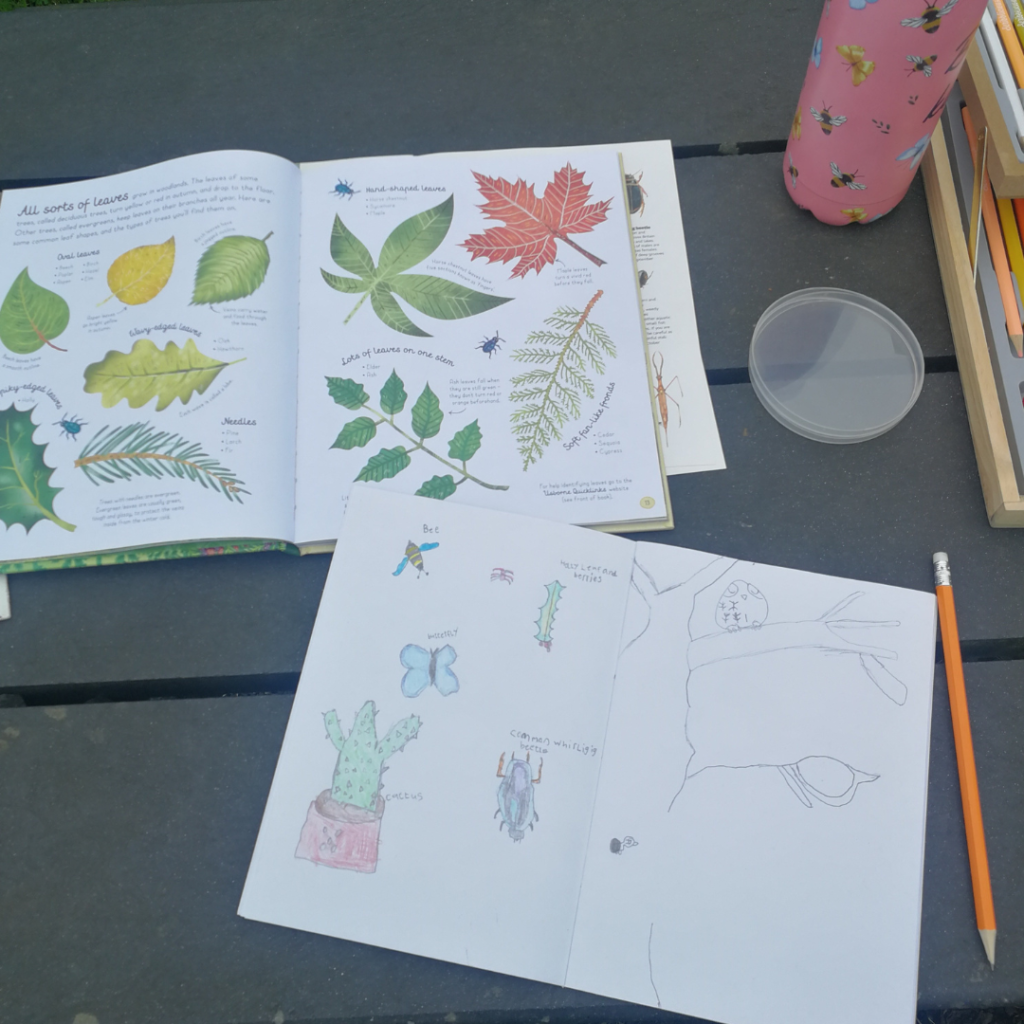
An Example Day of Forest School Life:
This day in a life at forest school is only a rough overview as these days can be very different depending on the weather and the setting and it’s very much up to the children how they spend their time. When we ran forest school days we never expected the children to have to stop their play to take part in activities but the acitivities were made available for them and a facilitor was always on hand to help.
1. Morning Gathering: The day typically begins with a gathering where children and educators/parents come together to discuss plans for the day, share observations, and set intentions. This fosters a sense of community and provides a platform for open communication.
2. Exploration and Play: A significant portion of the day is dedicated to child-led exploration and play. Whether it’s climbing trees, building forts, or examining insects, children are free to engage with the natural environment in a way that captivates their curiosity.
3. Skill Building: Forest School often incorporates skill-building activities such as fire-building, cooking outside, tool use, and crafting. These activities not only enhance practical skills but also instill a sense of responsibility and safety in the natural environment.
4. Reflection and Sharing: As the day concludes, there is often a reflective time where children can share their experiences, discoveries, and challenges. This not only reinforces learning but also encourages effective communication and active listening.
Benefits of Forest School:
- Enhanced Cognitive Skills: Regular exposure to the natural world has been linked to improved concentration, problem-solving abilities, and enhanced cognitive development.
- Physical Health and Well-being: Outdoor activities in Forest School contribute to increased physical fitness, improved motor skills, and a general sense of well-being.
- Emotional Resilience: The unstructured nature of Forest School allows children to navigate challenges, fostering emotional resilience and a positive mindset.
- Environmental Stewardship: By developing a deep connection with nature, Forest School encourages a sense of environmental responsibility and stewardship from an early age.
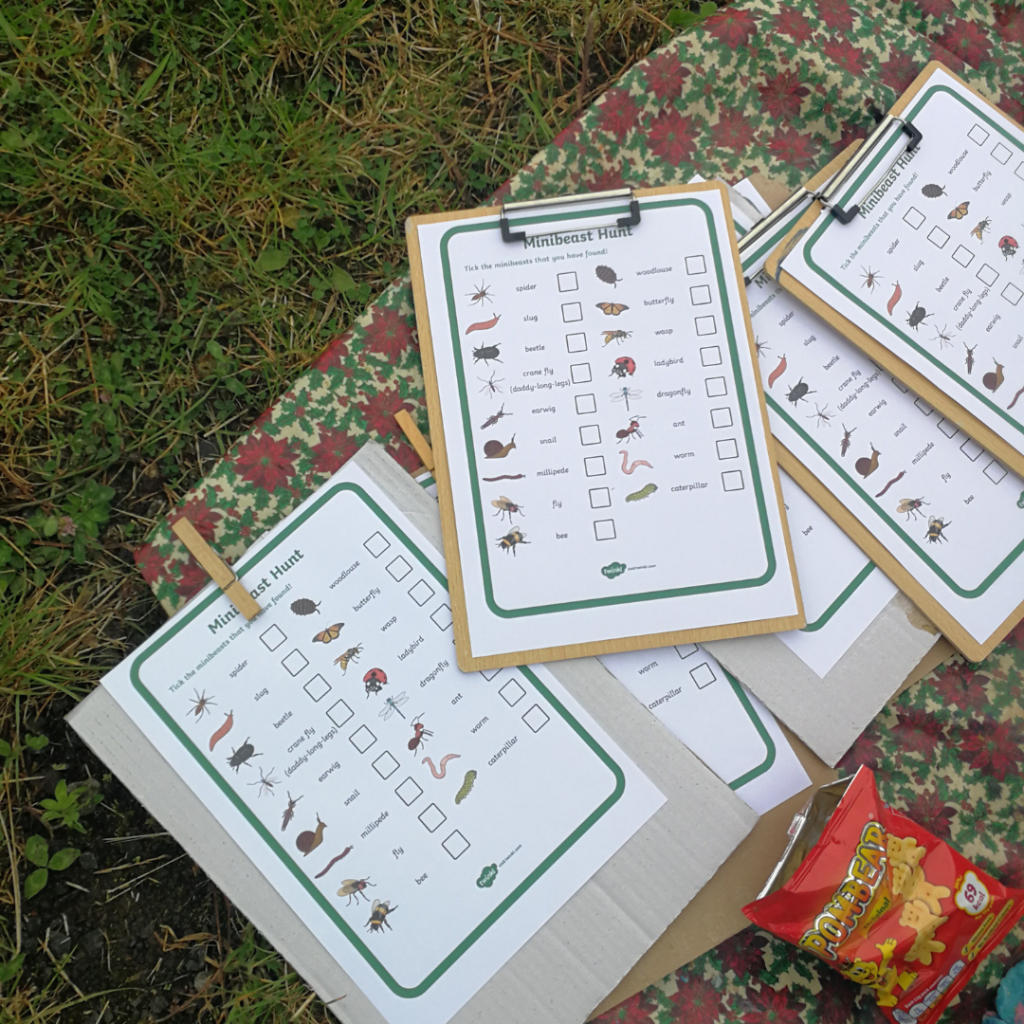
Go Prepared to Forest School:
When taking children to Forest School, it’s essential to be well-prepared with the right gear and supplies to ensure their safety, comfort, and engagement with the outdoor environment. Here’s a checklist of items that would be helpful for a Forest School outing:
Clothing and Personal Items:
Weather-Appropriate Clothing:
- Waterproof jackets and trousers for rainy days
- Layered clothing for varying temperatures
- Hats and gloves for colder weather
- Sun hats and sunscreen for sunny days
Sturdy Footwear:
- Waterproof and durable hiking boots or wellies
- Extra socks in case of wet conditions
Comfortable Backpack:
- Child-sized backpack for carrying personal items
- Include a water bottle, snacks, and if applicable a packed lunch
Change of Clothes:
- Extra set of clothing in case of mud or spills (sometimes we just took a towel to wrap up in until we got home)
Personal Hygiene Items:
- Hand sanitiser or wet wipes
- Tissues
- Insect repellent
Safety and First Aid:
First Aid Kit:
- Basic first aid supplies, including band-aids and antiseptic wipes
Essential Medications:
- Items such as Epi-pen or Inhallers
Emergency Contact Information:
- It can be useful for a child to carry emergency contact information in case of accidents or getting lost
Whistle:
- A whistle for attracting attention if needed
Exploration and Learning Tools:
Nature Journals:
- Small notebooks for children to record observations, drawings, or thoughts
Binoculars:
- Child-friendly binoculars for bird watching or exploring the surroundings
Magnifying Glasses:
- Magnifying glasses for observing insects, plants, or other small objects
Reusable Bags or Collecting Jars:
- Bags for collecting natural treasures like leaves, rocks, or pinecones
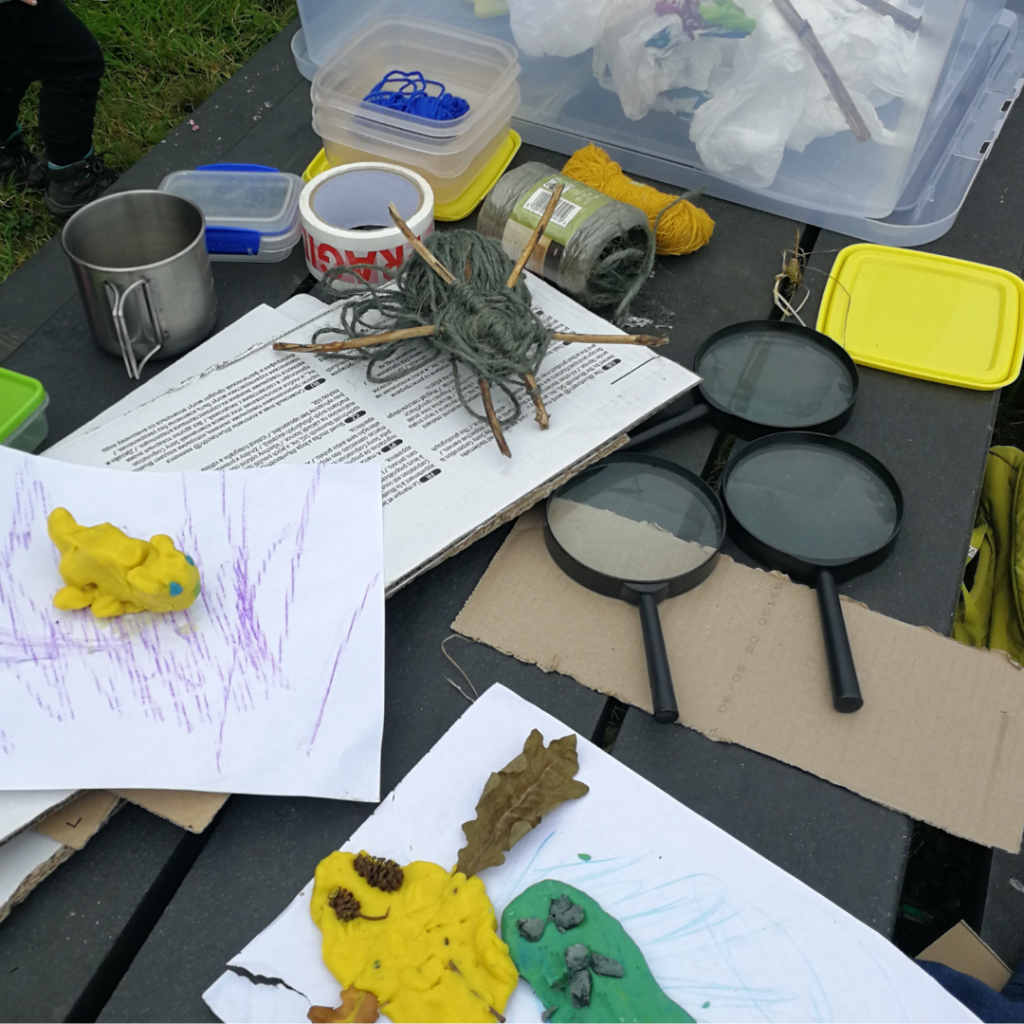
Tools and Equipment:
Tarp or Ground Sheet:
- A waterproof ground cover for sitting during activities or breaks
Multi-Tool or Pocket Knife:
- Child-safe tools for supervised activities like whittling or crafting
Cord or String:
- For making nature crafts or building simple structures
Notebook and Pencil for Parents / Educators:
- Parents / Educators may want to keep notes or observations during the outing
Miscellaneous:
Map and Compass:
- For teaching basic navigation skills and understanding the environment
Trash Bags:
- Bring trash bags to carry away any litter and emphasise the importance of Leave No Trace principles
Extra Supplies for Activities:
- Depending on planned activities, bring materials like art supplies, storybooks, or musical instruments
Outdoor Blanket:
- A lightweight and portable blanket for gathering or storytelling
Fire lighting materials:
- Fire lighters, newspapers and matches for lighting a fire
By ensuring you have these items on your checklist, you’ll be well-equipped for a successful and enjoyable Forest School experience with the children. Always prioritise safety, environmental awareness, and fostering a sense of wonder and connection with nature.
I hope you can see that Forest School represents a holistic approach to education that celebrates the wonders of nature as a rich and dynamic learning environment. As we witness a global shift towards recognising the importance of reconnecting children with the outdoors, the Forest School movement stands as a beacon, reminding us of the countless benefits that can be derived from embracing the natural world as an integral part of the learning journey.
Read more about Forest School and the importance of connecting with nature with my recommended reads. This post contains affiliate links, which means Barefoot Bliss and Books make a small commission at no extra cost to you. See the full disclosure here.
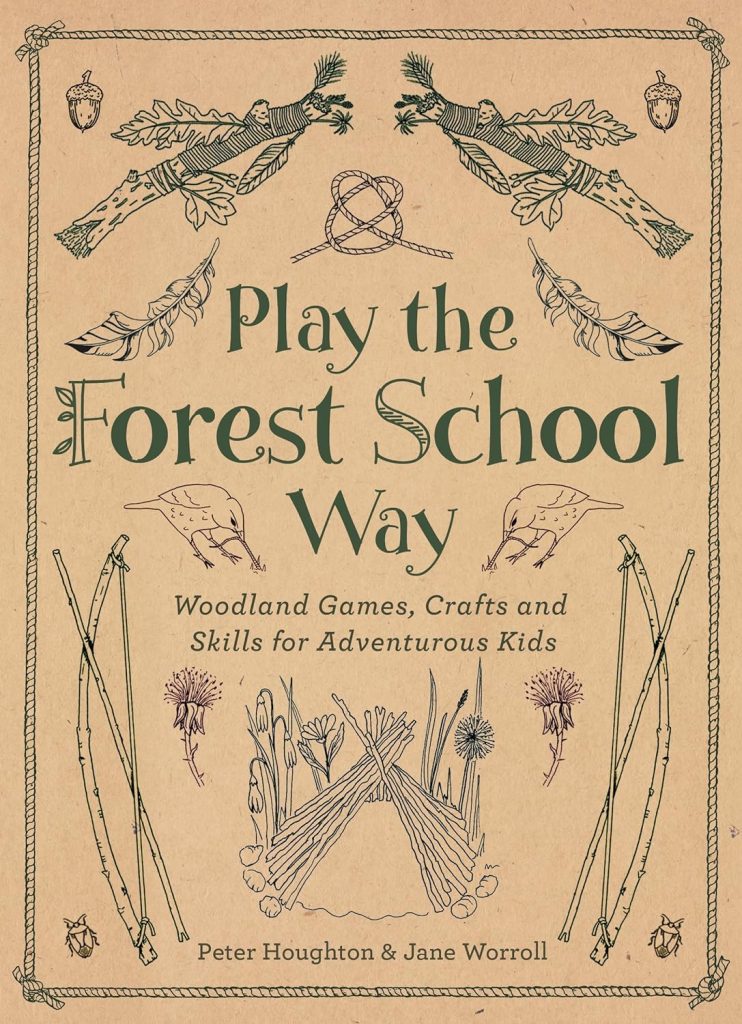
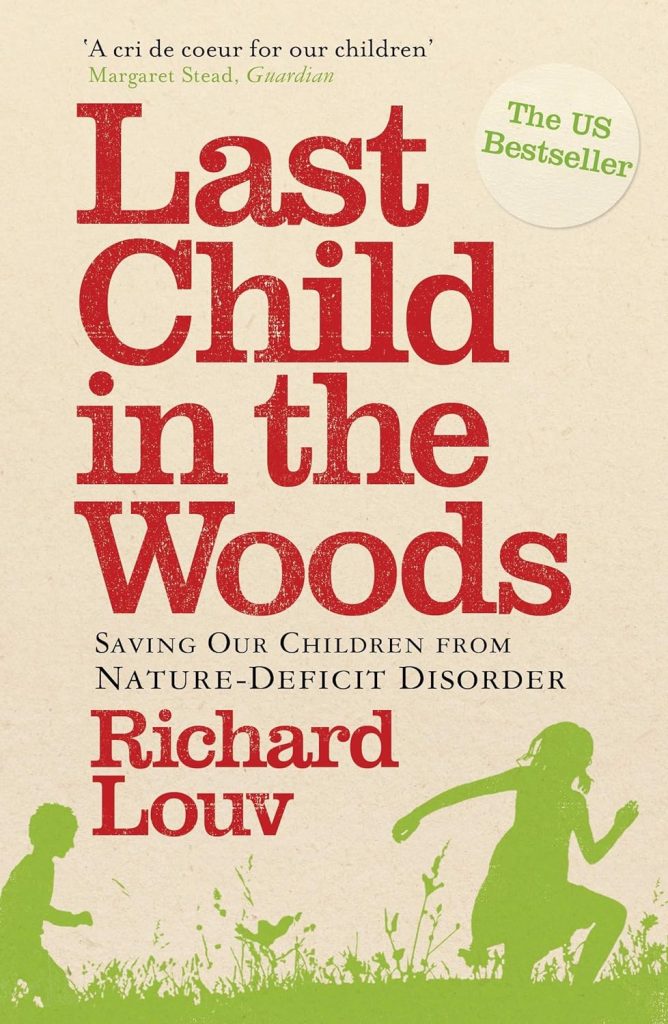

[…] with a nature treasure art extravaganza! This is an activity I frequently do with the kids during forest school days and it always goes down really well with all age groups. Pack some Play Doh or simply use some mud […]